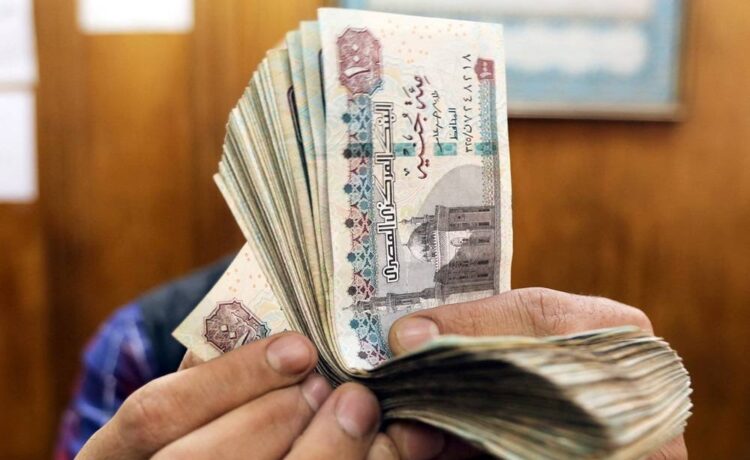The European Central Bank kept borrowing costs at record highs on Thursday while cautiously laying the ground to lower them later this year, saying it had made good progress in bringing down inflation.
Having underestimated a sudden surge in prices two years ago, the central bank for the 20 countries sharing the euro has been reluctant to declare victory over what turned out to be the most brutal bout of inflation in decades.
But with new forecasts pointing to lower inflation and growth, ECB policymakers on Thursday indicated they were preparing for a first cut in interest rates, probably in June, provided incoming data, especially on wages, confirms the trend.
“We did not discuss cuts for this meeting, but we are just beginning to discuss the dialling back of our restrictive stance,” ECB President Christine Lagarde told a press conference.
Lagarde hinted strongly that was more likely to happen at the ECB’s June 6 meeting, as wage data for the first quarter will then have been published. Sources have been telling Reuters similar for months. The ECB has another policy meeting before then, on April 11.
“We will know a little more in April, but we will know a lot more in June,” Lagarde said.
She noted that inflation, including nearly all underlying measures, has been falling towards the ECB’s 2% target and is now expected to come in lower over the next two years than the central bank had anticipated only a few months ago.
In new quarterly economic projections released on Thursday, the ECB cut its forecast for price growth this year from 2.7% to 2.3% and said it now expects inflation to fall to 1.9% in summer 2025 and stay there until the end of 2026.
Lagarde struck a cautious tone, however, saying more evidence was needed before the ECB cuts rates.
“There is a definite decline (in inflation) which is underway and we are making good progress towards our inflation target,” Lagarde said. “We are more confident as a result, but we are not sufficiently confident.”
Investors have pencilled in three, or more likely four, cuts to the 4% rate the ECB pays on bank deposits this year, taking it to 3.25% or 3.0% .
“ECB President Christine Lagarde today took another cautious step towards a first rate cut,” Jörg Krämer, chief economist at Germany’s Commerzbank, said. “Lagarde hinted for the first time that the ECB believes a first rate cut in June is possible.”
Inflation has been declining for nearly 18 months, to 2.6% in February.
This was partly the result of a steep fall in fuel costs, which were boosted by Russia’s invasion of Ukraine, but also reflected the ECB’s steepest ever increase in borrowing costs, which has brought lending to a standstill, according to Reuters.
But underlying inflation excluding volatile food and fuel prices was still 3.1% last month, while an index for the price of services, which are closely linked to wage growth, rose by nearly 4%.
Lagarde highlighted domestic inflation – including services – as the single most stubborn category.
“We also look very carefully at data concerning underlying inflation and here we are seeing a decline across the board … except domestic inflation,” Lagarde said.
Tighter monetary policy has taken a toll on economic growth, which has been stagnating and is likely to continue to be weak.
The ECB now expects the euro zone’s GDP to expand by 0.6% compared to 0.8% in its last round of projections in December.
And growth could turn out to be even lower than projected.
“The risks to economic growth remain tilted to the downside,” Lagarde said.















